When Did the General Motors Death Watch Begin? For Some, X Marks the Spot
As TTAC’s GM Deathwatch approaches the mid-century mark, its detractors continue to justify their scorn by mocking its episodic tally. I look forward to GM DW 1346, they scoff. Others of us understand that this chronicle would have reached that number already if RF had begun when some of us first realized GM was doomed. For me, that recognition arrived via the GM X-Body.
My first car was a two-door 1965 Ford Galaxie 500, which sank in a lake (don’t ask). My second was a Ford Econoline-150 van (go figure). When I dropped a rod in the L6, it was time for a new set of wheels. As I earned my daily bread by playing drums, I needed transportation for same. To choose a suitable steed, I started reading.
In 1980, the buff books were all a-twitter about GM’s fabulous X-Body platform. From its front-wheel drive and transverse engine to its “sleek styling” and “intelligent hatchback design,” they were deeply smitten. Even Popular Science did a multi-page spread, complete with foldouts. I hadn’t seen that kind of print-gasm since Hugh Hefner put a staple in Marilyn Monroe’s navel.
So I bought one: a white bread 1980 Chevrolet Citation.
At first, I loved it. I waxed it weekly, parked it carefully and drove if with what was known at the time as TLC. Like grains of sand in a Speedo (not that I’ve ever worn one, but you get my drift), little by little, little things started to annoy me.
When TTAC launches its Ten Worst Automobile Dashboard Designs Launched Ever, the Citation’s vertically-mounted radio will top the list. The rest of the Citation’s interior defined cheap for all time. But my real problem with the X-Body lay with that overlooked part known as a heater core.
I was returning from a gig in the wee hours, just behind an elderly couple in the inside lane. A van was weaving towards us. I took evasive action: brakes, steering, the works. The van hit the other sedan head-on at about 40 MPH, in an age before airbags. I ran up over the curb to avoid the collision. The van’s driver tossed a cooler aside before passing out. The whiskey it contained soaked into the grass.
I ruined two tires and rims. Little did I know that my troubles were only beginning. Anti-freeze began dripping onto my front seat passengers' feet.
Let me pause a moment to give you some salient facts about GM X-Body heater cores. First, they were made of plastic. Second, when they broke, they dripped anti-freeze on your passenger's feet (you may have guessed that already). Third, you had to pull the engine to replace them. Fourth, they cracked if you looked at them cross-eyed.
My post-accident heater core replacement was destined to be the first of THREE heater cores I had to insert in that… that… car. Either GM never issued a recall/service bulletin or Mr. Goodwrench decided to keep those encoded Ren Cen messages to himself.
What’s more, my slavish devotion to maintenance did nothing to stop the Citation’s body from rusting out after just three years. It looked like a chemo patient with bedsores.
As a young, struggling musician, my budget didn’t include frequent car repairs. What I once regarded as an engineering marvel, I eventually realized was a poorly-designed, poorly built (but exquisitely marketed) steaming pile of crap. I was a step beyond “leading edge,” early adopters. I was a “bleeding edge” pioneer.
Eventually, the early 80’s economy turned south. I had to relocate and find a new line of work. I was hired by a multi-national corporation as a medical diagnostic machine installer with a six-state territory. They gave me a company car.
I thought, “This is it! My chance to finally get away from GM’s misbegotten products!” Yes, well, my boss ordered a 1984 Chevrolet Celebrity station wagon.
My Citation sat idle for a year while I drove the snot out of the Celebrity. When my job was “downsized,” I relocated, driving my Citation through a Texas gully washer. The X-body finally gave up the ghost in Fort Worth, where I had it towed to a service station.
I replaced the Citation with a used Chrysler K-car (hey, I’ve always been a sucker for an American sob-story). Unsurprisingly, I forgot all about the Citation. One day, the service station called and asked me if I wanted it fixed or sold for parts. I told them to sell it and send me a check if they made any profit.
I never heard from the gas station again. And GM never heard from me– or a million other me’s– again. I knew then that any car company that would dare sell such a poorly engineered automobile would only survive as long as people didn’t know that someone else made a better product. They do, so it won’t.
I'm a marketing guy, who loves cars - but hates most automobile advertising. I'm also a writer, graphic designer, animator, musician, and stand-up philosopher.
More by Brad Kozak
Latest Car Reviews
Read moreLatest Product Reviews
Read moreRecent Comments
- Dick Mottram What happens when you are on slippery pavement and AEB slams on the brakes. I see it causing many accidents in the winter!
- FreedMike Bummer for the folks who work there.
- FreedMike Sounds like Apple wants to recoup some of the bucks it spent on the car project.
- EBFlex Insatiable demand for EVs yet this happens. And a lot more layoffs at Tesla.
- SCE to AUX Maybe some Apple tech would be helpful, but please no self-driving stuff.
















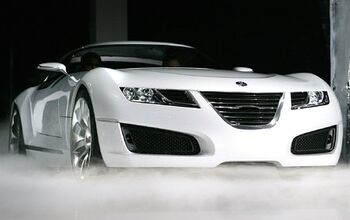

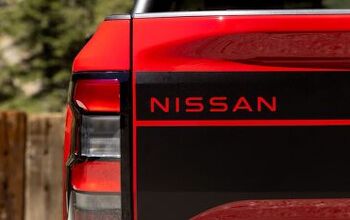
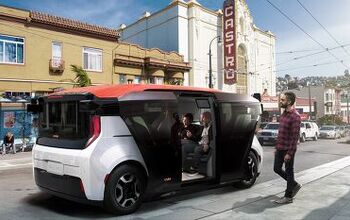


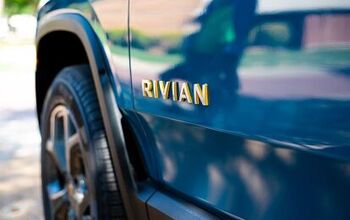

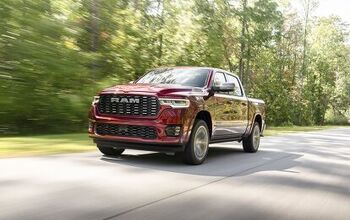





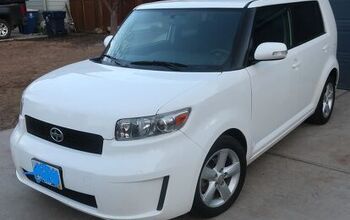

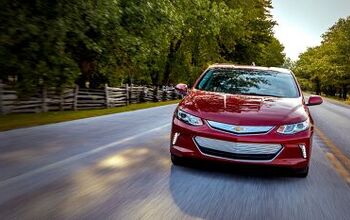
Comments
Join the conversation
Having owned three citations: one '84 and two 85 x-11. The 84 was zieberted and it was very rust free for a rustbelt car. I'll be most of the people bitching about rust never washed the salt off their cars during winter. My 85 x-11 was from florida and it had rust on the roof. My second one has a few rust areas that will be taken care of, but not bad for a non-zieberted rustbelt car. It will receive all the parts from the other car that are needed. I replaced almost every part in my 85 x-11 and it ran great until that pothead hit me! I'll bet a lot of people don't change their fluids at all or enough for certain engine issues. Tune up seems to be a largely skipped need! Not that they don't have lemons the car builders put out, but a lot of issues can be avoided.
There is actually a Citation X-11/GM X-Body Facebook Group page. Almost 500 members, over 1000 pics, and every-year X-car dealer brochure in the Photo Albums section. Ha! https://www.facebook.com/groups/chevycitations/